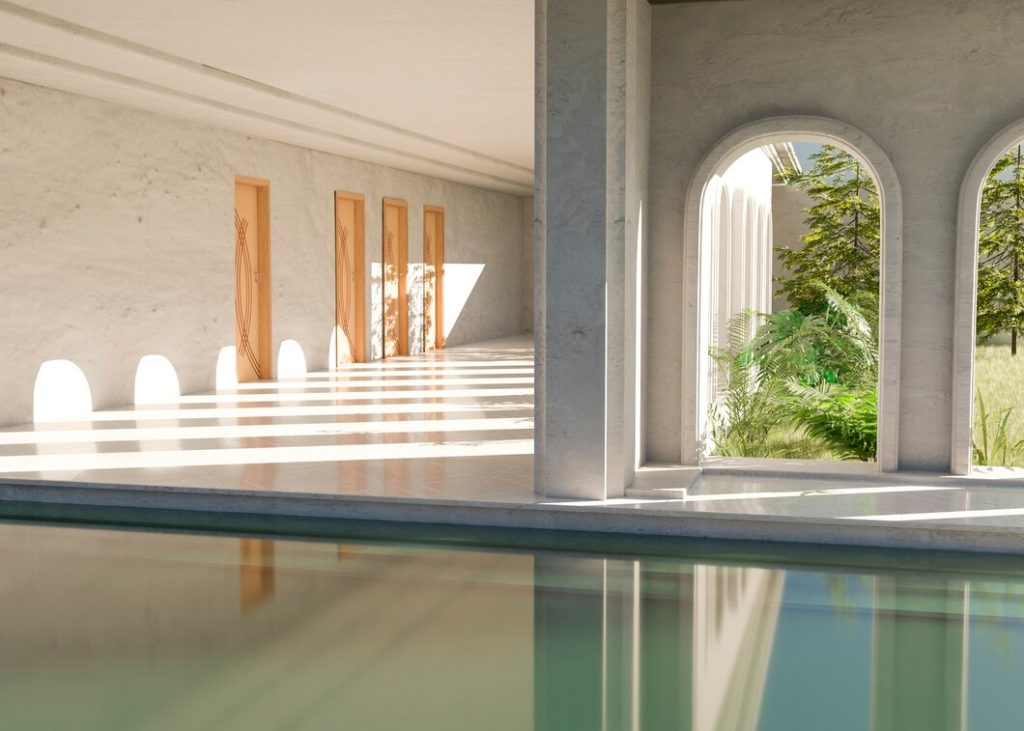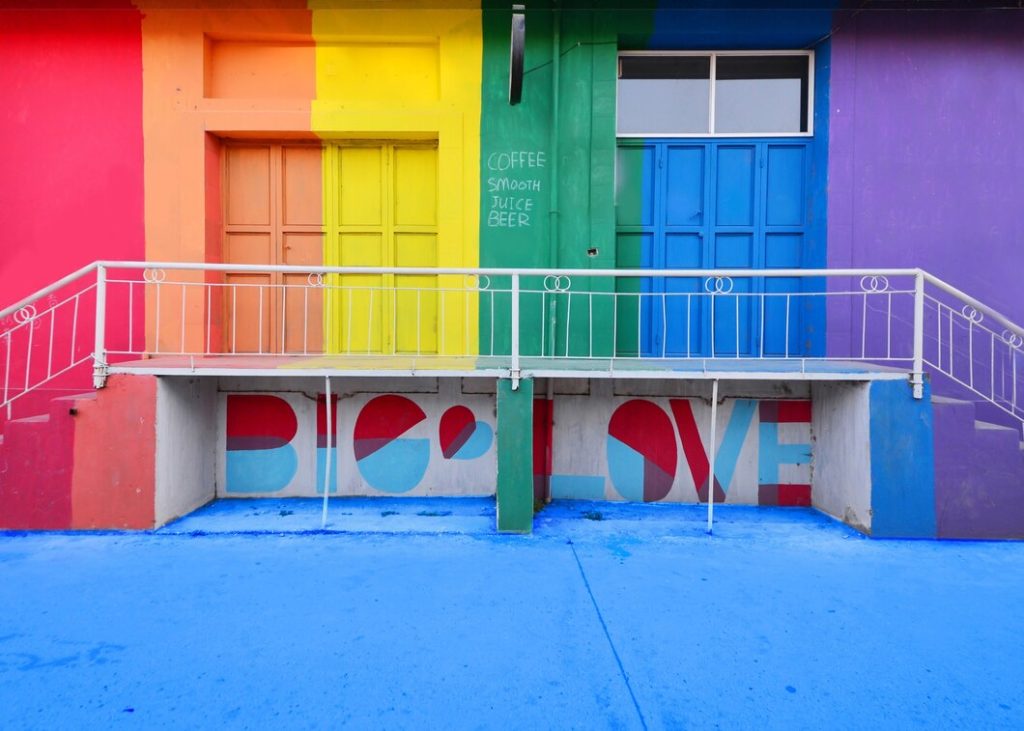
Nature, in all its beauty and grandeur, has acted as a muse for creators and innovators across millennia. Today, our focus as designers and architects turns towards how the phenomenal world of nature can infuse vibrance and a refreshing authenticity into the realm of interior design. Let’s wander through some real-life, awe-inspiring examples where nature takes the creative helm.
Embracing Nature as the Ultimate Design Trailblazer
The inherent charm and tranquility of nature evoke comfort and serenity, which are desirable in any interior space. Greenery, sunlight, earth tones, and natural elements significantly impact how a space feels and functions, providing a seamless connection to the outside world.

Organic Interior Inspirations – Real-life Illustrations
- Blending In Greenery: A well-known hotel in Singapore, famous for its stunning “interior rainforest,” offers a masterclass in adopting greenery. It uses beautifully curated indoor planting techniques, sky gardens, and green walls to create a tranquil, refreshing ambiance that keeps guests coming back for more.
- Harnessing Natural Light: An award-winning residential complex in Oslo focusses on natural light by incorporating expansive windows and strategically placed mirrors. The result? Spaces full of vitality and warmth, closely replicating the natural outdoor environment and boosting the residents’ mood largely.
- Utilizing Earth Tones: Consider a chic urban cafe in Melbourne that brilliantly uses earth tones and natural materials such as wood and stone to create a warm, rustic atmosphere. Customers find the blend of modern infrastructure and raw natural touches intriguing, making it the go-to spot for coffee enthusiasts.
- Integrating Water Elements: A luxury spa in Bali uses water as the critical element in its design – from cascading fountains to interior ponds surrounded by lush greenery. With the comforting sound of water playing in the background, the spa offers a beautiful retreat from the hectic world outside.
Turning to Nature – Practical Tips
Want to apply these principles in your design journey? Begin with understanding the space, including the amount of natural light available and the view of the outdoors. Then, decide on a nature-inspired theme that resonates with the building’s character.
Remember, adding natural elements shouldn’t compromise the functionality of the space. Think sleek vertical gardens for tight spaces, bamboo accents for a tropical touch, or a smart skylight to welcome a deluge of soft, ambient light.
Conclusion
The exciting journey of exploring nature for interior design inspiration brings forth endless possibilities. By cleverly amalgamating natural components within our designed surroundings, we can create spaces that are not just aesthetically pleasing but also aim at enhancing well-being, fostering a deeper connection to the natural world outside. So, next time you’re looking for design inspiration, why not take a leaf out of nature’s book?


